
| Home | Gold-D Cat | Gold-D Dog | Gold-D Supplements | Gold-D Bodycare | AHA Homecare |
| Gold-D Countries | Resources | About | Contact |
Carrageenan |
|
| Carrageenan is derived from red seaweed and is used in human food products and in pet wet food as a thickener, stabiliser and emulsifier. There are 2 types of carrageenan;
degraded (aka poligeenan) and undegraded. "Concerning uses of carrageenan in food for infants and young children the Panel concurred with the SCF (1998a, 2003a,b) ‘In the absence of any further information on possible absorption of carrageenan by the immature gut in the very young infant, the Committee reaffirms its earlier view (SCF, 1998a) that it remains inadvisable to use carrageenan in infant formulae that are fed from birth, including those in the category of foods for special medical purposes." Source: EFSA Carrageenan has no nutritional value serving a technical and aesthetic role in pet food production. IdentificationIn pet food labels, carrageenan is identified as ‘vegetable gum (407)’, ‘carrageenan gum’, or ‘vegetable gum (carrageenan)” or by its E number E-407 and E-407a. It is also spelled as Carageenan, Carrageenen, and Carrigeenin. Carrageenan also be part of ingredients under the category of “thickening agent” or “gelling agent” Concerns in pet foodCarrageenan can cause stomach and intestinal inflammation and possible cancer in cats and dogs.
Carrageenan is used to induce inflamation in animal testing.
Gold-D policy on CarrageenanAlthough carrageenan is a permitted addictive, we are concerned about the issues of inflammation and cancer. In the case of cancer, it is very expensive and challenging to treat and in many cases fatal. While, there are reports suggesting it is safe, its prohibition by EU for infant use suggests high risk for animals as well. Finally, it does not serve any nutritional value so the risk is unnecessary. It is not easy to produce carrageenan free wet food but we feel it is worth the extra effort and cost. As such, our policy is to exclude carrageenan from all Gold-D products. TransitionSome pets may not like to change food. For transition to carrageenan free food, you may need to blend the new food slowly into the existing food and increase the proportion over time. It may need some effort but the health benefit is definitely worth it.
|
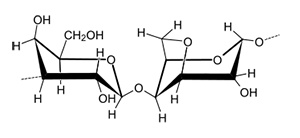 molecular structures of carrageenan 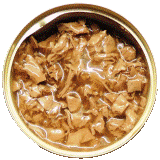 Cat food with carrageenan (You cannot identify carrageenan visually) 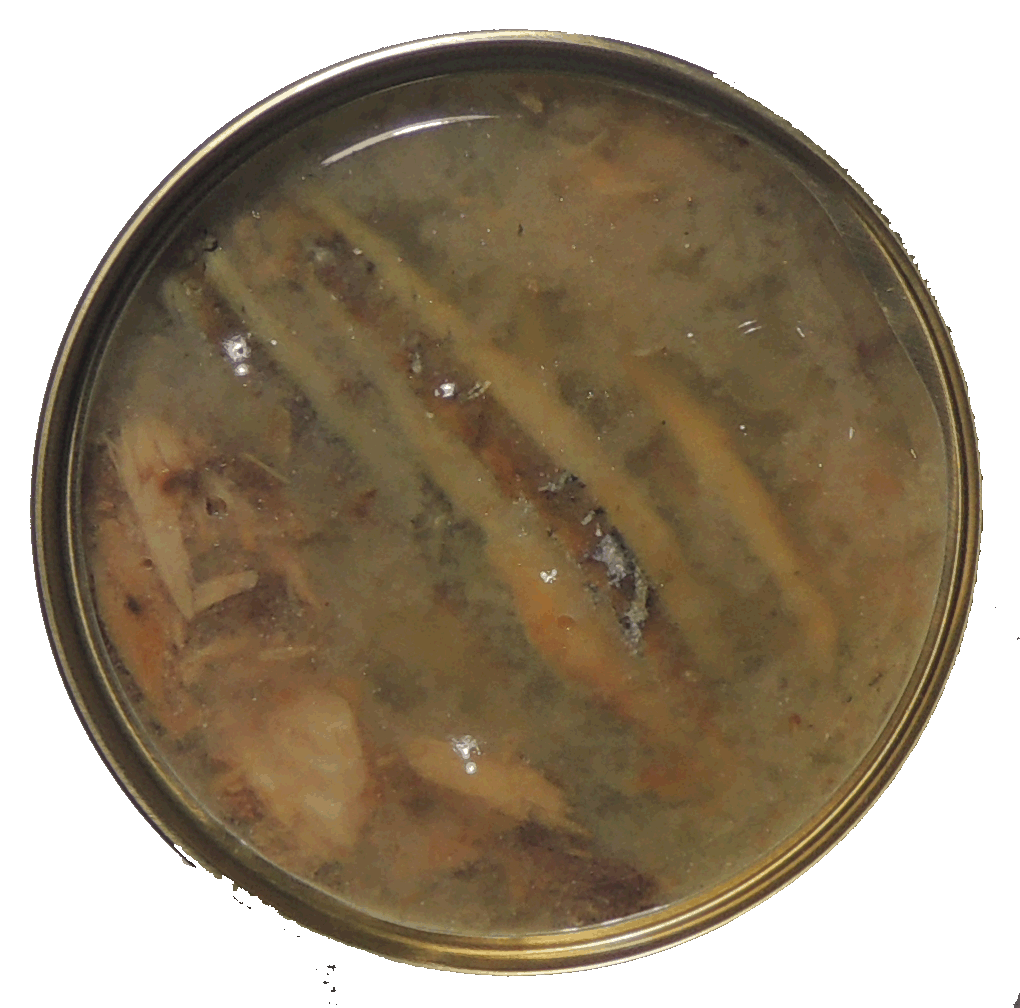 Cat food without carrageenan 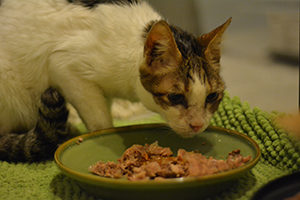 Mandarin our rescue cat with stomach cancer 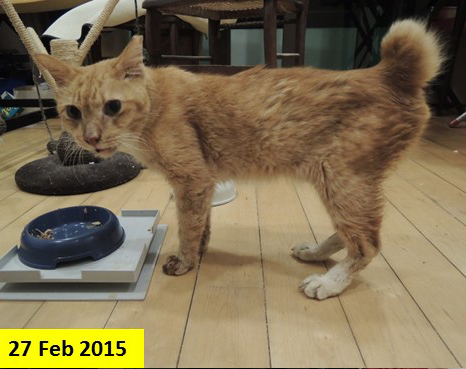 Rahula, our rescue cat with FIV and Felv |
External ReferencesCarrageenan in Pet Food. January 06, 2015 Dogs naturally magazine: Carrageenan Just Don’t Do It Dogs naturally magazine: Cancer Causing Carrageenan In Pet Food Conscious cat: Carrageenan: Should It Be In Your Cat’s Food? June 08, 2012
|
You are on the Gold-D Global website.
|
| Join us on | Youtube | Tik Tok |